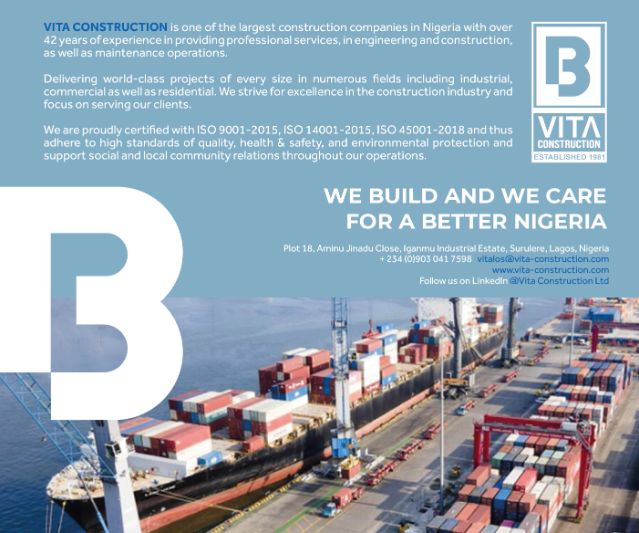In a recent report titled “Navigating the Horizon: Charting the Course for Banks amid Plans for Recapitalisation,” Ernst and Young shed light on the potential hurdles confronting Nigerian Deposit Money Banks (DMBs) in meeting the Central Bank of Nigeria’s (CBN) proposed recapitalization requirements. The report underscores the pressing need for banks to bolster their capital reserves to align with regulatory standards amidst evolving economic landscapes.
According to the report, a significant disparity exists between the current capital base of Nigerian DMBs and the anticipated capital thresholds set forth by the CBN. With the prospect of a 15-fold increase in the minimum capital base looming, only seven out of the existing 24 DMBs may possess the requisite financial fortitude to meet these elevated standards. This revelation poses a formidable challenge to the banking sector, raising concerns about the viability of numerous institutions in the face of stringent regulatory mandates.
Dr. Olayemi Cardoso, the esteemed Governor of the CBN, has repeatedly emphasized the imperative of reinforcing the capital adequacy of banks to fortify Nigeria’s economic aspirations. Against the backdrop of ambitious national objectives, such as achieving a $1 trillion economy by 2026, the CBN seeks to instill resilience and stability within the banking sector through proactive measures.
The current capitalization framework delineates distinct capital requirements based on the classification of banking licenses, delineating between regional, national, and international licenses. However, the proposed increase in capital thresholds heralds a seismic shift in regulatory expectations, compelling banks to recalibrate their financial strategies to remain competitive and compliant.
The impending recapitalization drive evokes memories of the transformative banking reform of 2004, which catalyzed a wave of mergers and acquisitions, reshaping the landscape of the Nigerian banking sector. In light of this historical precedent, stakeholders anticipate a resurgence of consolidation activities as banks navigate the complexities of compliance and strategic alignment.
Ernst and Young’s comprehensive analysis elucidates the multifaceted nature of recapitalization, highlighting various pathways available to banks to augment their capital reserves. From mergers and acquisitions to rights issues and retained earnings, banks must explore diverse avenues to fortify their financial foundations amidst regulatory exigencies.
The report’s projections underscore the pivotal role of macroeconomic dynamics, such as currency devaluation, in shaping the contours of recapitalization strategies. As the Nigerian naira grapples with volatility in foreign exchange markets, banks confront heightened pressure to fortify their capital buffers to mitigate currency risks and safeguard financial stability.
Dr. Muda Yusuf, the esteemed Chief Executive Officer of the Centre for the Promotion of Private Enterprise, lauds the initiative to bolster banks’ capital base, citing the imperative of adapting regulatory frameworks to evolving economic realities. However, he cautions against complacency, urging regulators and stakeholders to tread prudently in navigating the intricacies of recapitalization.
Similarly, Professor Uche Uwaleke, an eminent scholar in capital markets, advocates for a nuanced approach to recapitalization, emphasizing the importance of incentivizing banks to augment their capital reserves organically. By fostering a conducive regulatory environment and incentivizing strategic investments, regulators can catalyze sustainable growth and resilience within the banking sector.
In conclusion, Ernst and Young’s insightful report serves as a clarion call for Nigerian Deposit Money Banks to proactively address the impending challenges posed by recapitalization. As regulatory imperatives converge with economic imperatives, banks must embrace innovation, collaboration, and strategic foresight to navigate the evolving landscape of financial resilience and regulatory compliance.







